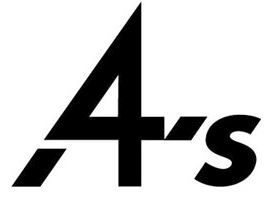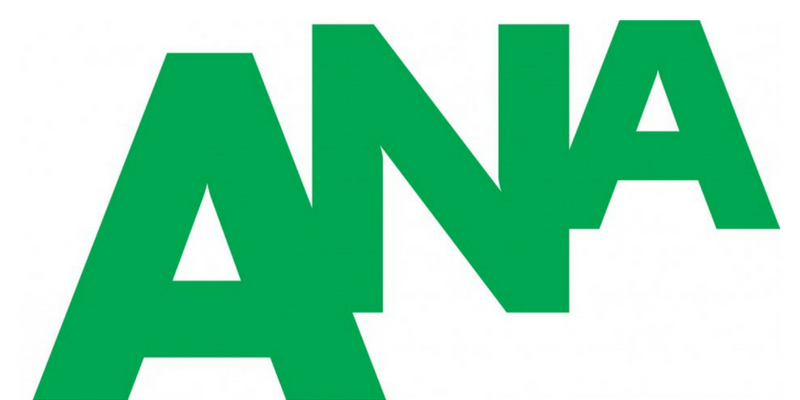Avoiding Deadly Scope of Work Traps:
The importance of having a robust scope of work (SOW) management system that improves how a brand advertiser manages the allocation of its internal and agency resources– human and financial–no longer needs to be established. The years of having advertisers trade scope documents and agency financials via email or using manual processes with their agencies to lock on priorities and the resources required to support them are (thankfully) quasi-extinct. The emergence of robust automated solutions that capture the scope requirements, enable productive workflows, and facilitate an efficient reconciliation of financials, resource utilization, or project status is now well established.
Whether their approach to managing scope is retainer- or deliverable-based, brands need the process rigor, simplified and streamlined processes, and access to actionable information to manage their budget and their agency partnerships. Yet, having the right SOW system in place is good but often not good enough. What gets in the way? We identified the five most common SOW traps that can significantly undermine marketing efforts, and what advertisers should do about them:
Trap #1: Advertisers fail to articulate and socialize the benefits of improved SOWs.
Brand advertisers are expected to measure the value, ROI, and effectiveness of their investment, process improvements, or other efficiency initiatives. They often fail to describe these benefits in tangible terms or communicate them to internal stakeholders to gain buy-in and ongoing support. However, advertisers can do so by measuring:
- Any reduction in duplicative work, overpayment, and low output quality,
- Efficiency gains (time and cost savings) realized by having tighter SOWs,
- Improved control and transparency (i.e., activity tracking) for marketers and their procurement counterparts,
- Accelerated go to market (updates, reporting)
- Stronger performance (improved client guidance/direction).
Trap #2: Advertisers do not use benchmark data in ways that produce better alignment.
Brand advertisers often look to gain greater insight from agency cost benchmarking data–whether it is sourced internally or externally with third party cost providers–to improve negotiations. Without it, marketers are challenged to review what agencies may propose objectively or may not have the data to engage in productive discussions about right sizing the resources to get the work done. The proper use of benchmark data can improve transparency and oversight of agency spend while providing better line of sight into agency spend discrepancies (looking for outliers) and reducing waste. Sadly, the improper use of benchmark data can also create tension and conflicting situations, especially if the data is solely used to forcefully reduce costs without the benefit of greater insight into the scope or resource assumptions that led to it.
Trap #3: Advertisers cannot tell if they are making the most of their investments.
A robust scope management system is expected to improve budget accuracy and enable budget holders to make the most of their agency investment. The improved transparency and understanding of spend allocations are major benefits. Advertisers often fail to understand the relationship between their SOW requirements and the resources needed from their agencies to carry them out. Better visibility into past scope/project-specific spending is critical for more accurate forecasting of financials, as it often serves as a baseline. The benefit is a sizeable reduced time commitment and effort by marketers to input pricing forecasts by providing agencies a process to populate agency fees/forecasts. It also improves efficiency reporting, identifying key inefficiencies as well as root causes (unused work, extra rounds, bad briefs, evaluating the symptoms/causes, etc.).
Trap #4: Advertisers do not know how to use SOW data to transition cost model.
Most advertisers are considering at some point or another moving from a staffing-based (retainer) model to deliverablesbased/hybrid model or vice versa. Often, the solution is a hybrid model that makes best use of these compensation methodologies, which both have merit. SOW data, used purposefully, can be used to facilitate the transition between these various cost models. It improves transparency and control of agency data and can accelerate the transition from one model to another. It also enables multiple approaches to coexist, operating between a staffing and hybrid model (in which SOWs remain staffing/retainer-first vs. deliverablesfirst). Yet, many advertisers have data at hand but no clue on how to use it effectively to facilitate their cost model evaluation and transition.
Trap #5: Advertisers are unable to reach meaningful conclusions due to quality issues.
Life is far from perfect. So is SOW data, which often includes anomalies input by advertisers or their agencies (e.g., inaccurate hourly rates/deliverable fees, or missing information). It happens frequently with freeform fields which lack standardization. We see this issue occurring often, especially in the early months of using a new SOW system. For example, we’ve seen many agencies overusing the “Other” or “Default” categorization, preventing advertisers from being able to view the data properly from a given lens. We’ve also witnessed discrepancies in taxonomy or units of measurement. The use of analytics can help alleviate what are often human-input errors found in the data that can result in unexpected issues when creating reports and sharing insights with teams (i.e., why fees or percentages aren’t totaling up as expected). Analytics also help quickly identify if and where issues exist and enable course-correcting before it’s too late.
Using advanced analytics in addition to having a robust SOW system in place allows advertisers to make more informed decisions that improve transparency in the partnership with agencies, strengthen work performance, and support effective cost negotiations, while making more effective use of agency resources and budgets. Let’s face it, operationalizing a more automated way to manage scope and agency financials is a big milestone, but it’s only half of the battle. Extracting actionable insight can make a world of difference in turning this capability into an effective decision tool. The biggest mistake of all would be to fall short of using it fully.
By: Bruno Gralpois, Co-Founder & Principal, ANA Faculty
Published on: January 4, 2019










